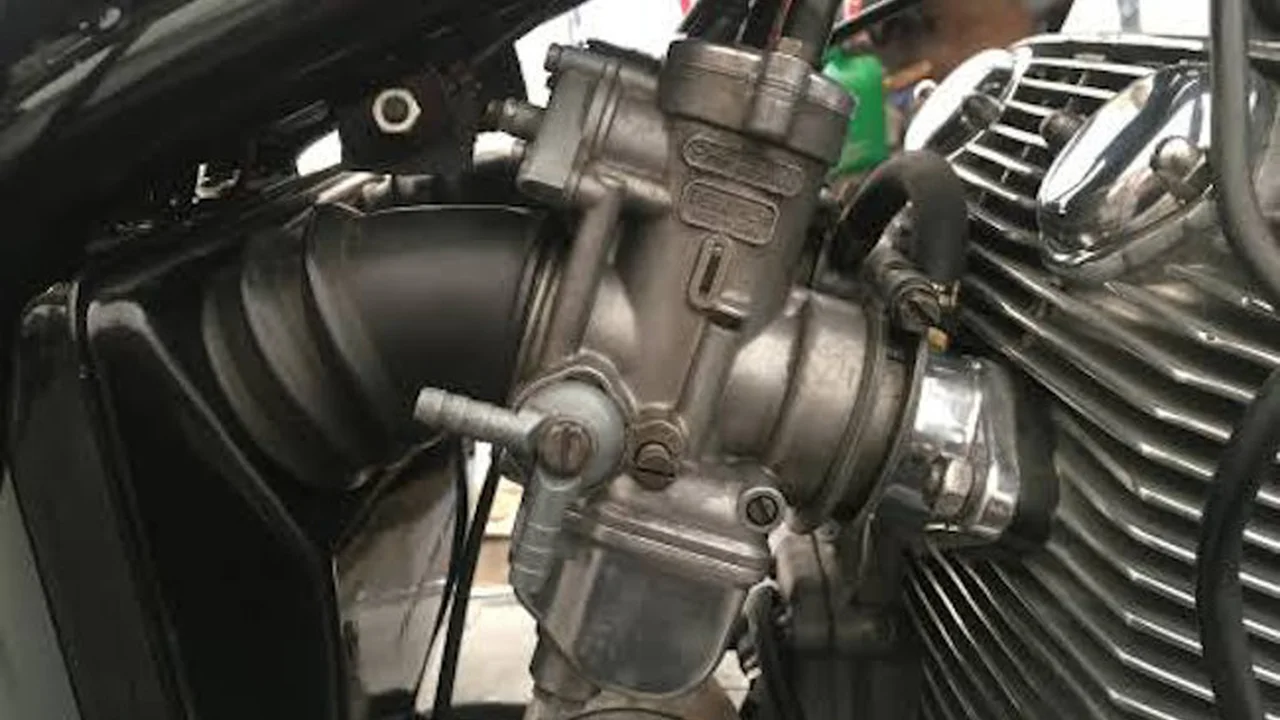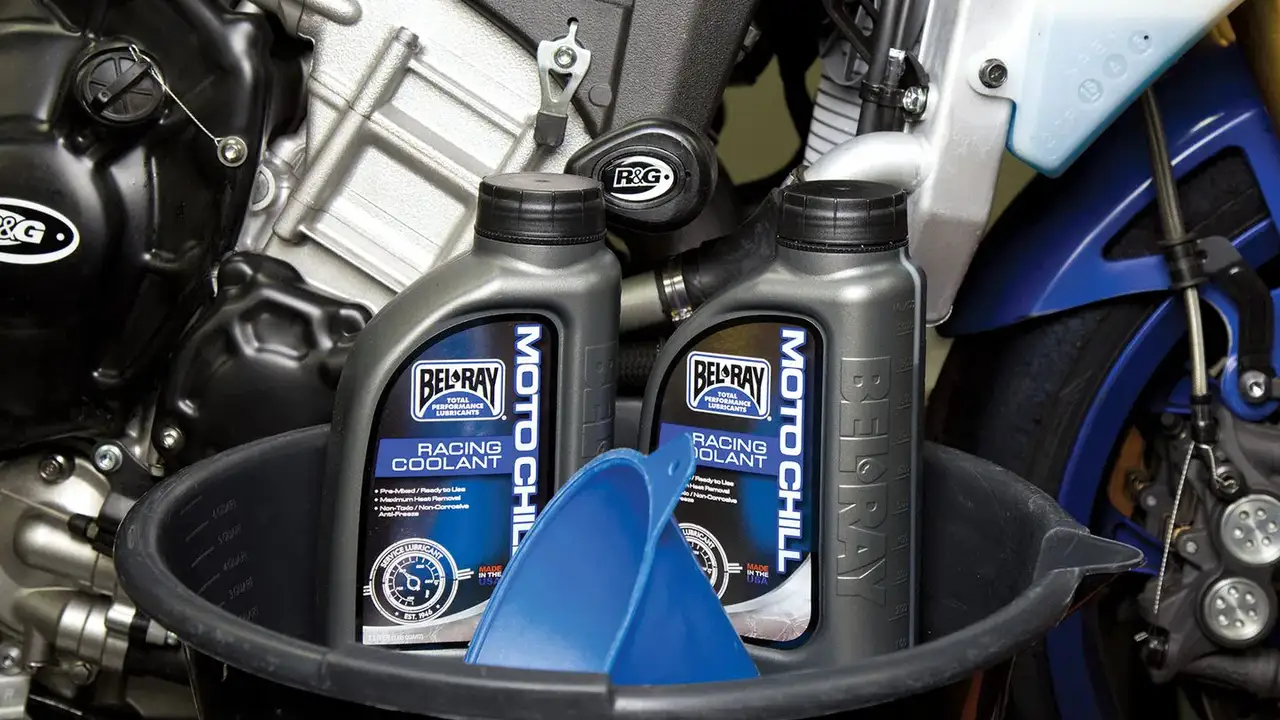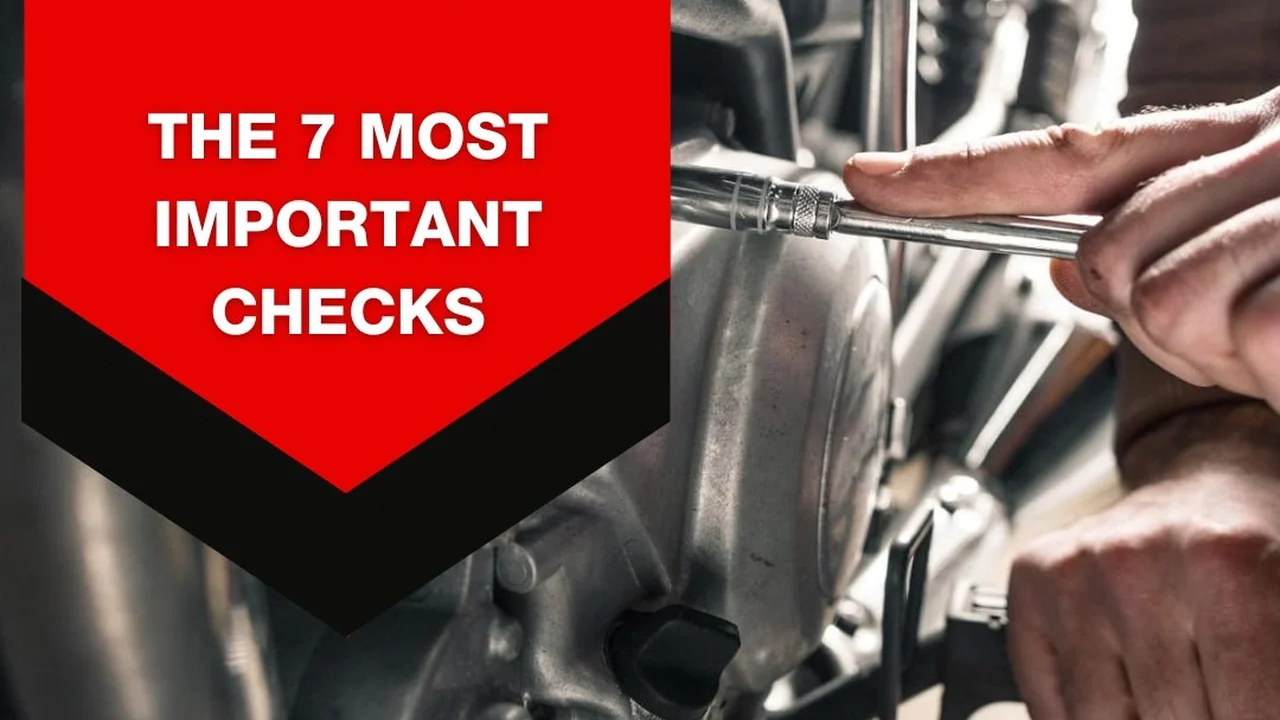ADV Motorcycle Fuel System Maintenance
Proper fuel system maintenance is crucial for the longevity and performance of your adventure motorcycle. Ignoring it can lead to poor running conditions, decreased fuel economy, and even breakdowns in remote locations. This guide covers the essential aspects of maintaining your ADV motorcycle's fuel system, including cleaning, troubleshooting, and recommended products to keep you on the road. We will delve into specific product recommendations, usage scenarios, comparative analysis, and pricing details to assist you in making informed choices.

Understanding Your ADV Motorcycle Fuel System and Key Maintenance Indicators
Your adventure motorcycle's fuel system is responsible for delivering the right amount of fuel to the engine for optimal combustion. It typically consists of the fuel tank, fuel pump, fuel filter, fuel lines, fuel injectors (or carburetor), and related sensors. Recognizing early warning signs of fuel system issues is key to preventing major problems. Common indicators include:
- Difficulty starting, especially in cold weather.
- Rough idling or stalling.
- Hesitation or lack of power during acceleration.
- Poor fuel economy.
- Unusual engine noises.
- Check engine light illumination (if your bike has EFI).
If you notice any of these symptoms, it's time to inspect and maintain your fuel system.
Fuel Tank Maintenance: Keeping Your Fuel Clean and Preventing Corrosion
The fuel tank is the starting point of your fuel system, and keeping it clean is paramount. Contamination can lead to clogged filters and injector problems. Here's how to maintain your fuel tank:
- Regular Inspection: Visually inspect the inside of your fuel tank periodically, especially if you've been riding in dusty or muddy conditions. Look for rust, sediment, or other debris.
- Fuel Stabilizer: If you're storing your bike for an extended period, use a fuel stabilizer like STA-BIL Fuel Stabilizer. This prevents fuel from degrading and forming varnish, which can clog fuel lines and injectors.
- Tank Cleaning: If you find significant rust or debris, you may need to clean the tank. There are several methods, including using a specialized tank cleaner like KBS Coatings Tank Sealer Kit or a DIY solution of vinegar and gravel. Be sure to thoroughly rinse and dry the tank afterward.
- Fuel Cap Maintenance: Ensure your fuel cap is sealing properly to prevent water and contaminants from entering the tank. Clean the cap and its seal regularly.
Fuel Filter Maintenance: Protecting Your Fuel System from Contaminants and Choosing the Right Filter
The fuel filter is a crucial component that removes dirt, rust, and other contaminants from the fuel before it reaches the injectors (or carburetor). Replacing the fuel filter regularly is one of the most important aspects of fuel system maintenance.
- Replacement Intervals: Consult your motorcycle's service manual for the recommended fuel filter replacement interval. Generally, replacing the fuel filter every 12,000 to 24,000 miles is a good practice, especially for ADV bikes that are often ridden in challenging environments.
- Choosing the Right Filter: Use a high-quality fuel filter that is specifically designed for your motorcycle model. OEM filters are a reliable choice, but there are also reputable aftermarket brands like K&N and Bosch that offer excellent filtration.
- Filter Types: There are two main types of fuel filters: inline filters and in-tank filters. Inline filters are typically easier to access and replace. In-tank filters require removing the fuel pump assembly.
- Replacing the Filter: Follow the instructions in your service manual for replacing the fuel filter. Be sure to relieve fuel pressure before disconnecting any fuel lines. Use new fuel line clamps to ensure a secure and leak-free connection.
Fuel Pump Maintenance: Ensuring Proper Fuel Delivery and Troubleshooting Common Issues
The fuel pump is responsible for delivering fuel from the tank to the engine. A failing fuel pump can cause a variety of problems, including difficulty starting, poor performance, and stalling. Here's how to maintain your fuel pump:
- Fuel Level: Avoid running your fuel tank extremely low, as this can cause the fuel pump to overheat and fail prematurely. The fuel acts as a coolant for the pump.
- Fuel Filter Maintenance: Regularly replacing the fuel filter helps to protect the fuel pump from debris.
- Fuel Pump Strainer: Some fuel pumps have a strainer or pre-filter that can become clogged. If your fuel pump is not delivering adequate fuel pressure, inspect and clean the strainer.
- Testing Fuel Pressure: If you suspect a fuel pump problem, you can test the fuel pressure using a fuel pressure gauge. Consult your service manual for the correct fuel pressure specifications.
- Replacement: If your fuel pump is failing, it's best to replace it with a new or rebuilt unit. Consider upgrading to a higher-flow fuel pump if you've made significant engine modifications.
Fuel Injector (or Carburetor) Maintenance: Optimizing Fuel Atomization and Performance
Fuel injectors (on fuel-injected bikes) and carburetors (on older bikes) are responsible for delivering the correct amount of fuel to the engine in a finely atomized form. Proper maintenance is essential for optimal performance and fuel economy.
Fuel Injector Maintenance
- Fuel Injector Cleaner: Use a fuel injector cleaner like Sea Foam Motor Treatment periodically to remove deposits and improve fuel atomization. Follow the instructions on the product label.
- Injector Cleaning: If your injectors are heavily clogged, you may need to have them professionally cleaned. This involves removing the injectors and sending them to a specialized cleaning service.
- Injector Testing: You can test the performance of your fuel injectors using an injector tester. This will allow you to measure the fuel flow rate and spray pattern.
- Replacement: If your injectors are damaged or worn, they may need to be replaced. Use OEM or high-quality aftermarket injectors.
Carburetor Maintenance
- Cleaning: Carburetors require regular cleaning to remove dirt, varnish, and other deposits. Disassemble the carburetor and clean all of the jets, passages, and floats with carburetor cleaner.
- Adjustment: Carburetors need to be properly adjusted to ensure optimal fuel-air mixture. Consult your service manual for the correct carburetor settings.
- Synchronization: If your bike has multiple carburetors, they need to be synchronized to ensure that they are all delivering the same amount of fuel.
- Float Level: The float level in the carburetor needs to be properly adjusted to ensure that the correct amount of fuel is in the float bowl.
- Replacement: If your carburetor is damaged or worn, it may need to be replaced.
Fuel Line Maintenance: Inspecting for Leaks and Replacing Worn Hoses
Fuel lines carry fuel from the tank to the engine. Inspect them regularly for cracks, leaks, and deterioration. Replace any worn or damaged fuel lines immediately.
- Inspection: Visually inspect the fuel lines for cracks, leaks, and bulges. Pay close attention to the areas where the fuel lines connect to the fuel tank, fuel pump, and injectors (or carburetor).
- Replacement: Replace fuel lines every few years, or sooner if they show signs of wear. Use high-quality fuel lines that are designed to withstand the pressure and heat of the fuel system.
- Fuel Line Clamps: Use new fuel line clamps when replacing fuel lines to ensure a secure and leak-free connection.
Recommended Products for ADV Motorcycle Fuel System Maintenance
Here are some recommended products to help you maintain your ADV motorcycle's fuel system:
- STA-BIL Fuel Stabilizer: A fuel stabilizer that prevents fuel from degrading and forming varnish. Ideal for storing your bike for extended periods. Usage Scenario: Add to fuel tank before storing your bike for the winter or any extended period. Price: Approximately $10 per bottle.
- KBS Coatings Tank Sealer Kit: A complete kit for cleaning and sealing rusty fuel tanks. Usage Scenario: Use to restore a rusty fuel tank to like-new condition. Price: Approximately $100 per kit.
- K&N Fuel Filters: High-quality fuel filters that offer excellent filtration and flow. Usage Scenario: Replace your stock fuel filter with a K&N filter for improved performance and protection. Price: Approximately $30 per filter.
- Bosch Fuel Filters: Another reputable brand for fuel filters, known for their reliability and performance. Usage Scenario: A reliable replacement for your OEM filter, especially for Bosch fuel injection systems. Price: Approximately $25 per filter.
- Sea Foam Motor Treatment: A fuel injector cleaner that removes deposits and improves fuel atomization. Usage Scenario: Add to your fuel tank periodically to keep your fuel injectors clean. Price: Approximately $10 per can.
- Lucas Fuel Treatment: A popular fuel additive that cleans fuel injectors and carburetors, improves fuel economy, and reduces emissions. Usage Scenario: Use regularly for improved fuel efficiency and engine performance. Price: Approximately $12 per bottle.
Product Comparison: Choosing the Right Fuel System Maintenance Products
When choosing fuel system maintenance products, consider the following factors:
- Compatibility: Ensure that the product is compatible with your motorcycle's fuel system. Some products are not suitable for certain types of fuel injectors or carburetors.
- Quality: Choose high-quality products from reputable brands. Cheap products may not be as effective and could even damage your fuel system.
- Price: Consider the price of the product, but don't sacrifice quality for cost.
- Reviews: Read online reviews to see what other riders have to say about the product.
Here's a brief comparison of some of the products mentioned above:
| Product | Pros | Cons | Price |
|---|---|---|---|
| STA-BIL Fuel Stabilizer | Effective at preventing fuel degradation, easy to use | Only for storage, not a fuel cleaner | $10 |
| KBS Coatings Tank Sealer Kit | Complete kit for restoring rusty tanks, durable coating | Requires significant prep work, can be messy | $100 |
| K&N Fuel Filters | High flow, washable and reusable (some models) | More expensive than standard filters | $30 |
| Bosch Fuel Filters | Reliable, OEM quality | Not reusable | $25 |
| Sea Foam Motor Treatment | Versatile cleaner, can be used in fuel and oil | May not be strong enough for heavily clogged injectors | $10 |
| Lucas Fuel Treatment | Cleans and lubricates, improves fuel economy | Some users report minimal performance difference | $12 |
Troubleshooting Common Fuel System Problems
Here are some common fuel system problems and how to troubleshoot them:
- Difficulty Starting: Check the fuel filter, fuel pump, and fuel injectors. Also, check the spark plugs and ignition system.
- Rough Idling: Check the fuel injectors (or carburetor), vacuum leaks, and air filter.
- Hesitation or Lack of Power: Check the fuel filter, fuel pump, fuel injectors (or carburetor), and spark plugs.
- Poor Fuel Economy: Check the fuel filter, fuel injectors (or carburetor), air filter, and tire pressure.
- Stalling: Check the fuel filter, fuel pump, fuel injectors (or carburetor), and ignition system.
Preventative Maintenance Tips for a Long-Lasting Fuel System
Here are some preventative maintenance tips to keep your ADV motorcycle's fuel system in top condition:
- Use high-quality fuel.
- Avoid running your fuel tank extremely low.
- Replace the fuel filter regularly.
- Use a fuel stabilizer when storing your bike.
- Inspect the fuel lines regularly.
- Clean your fuel injectors (or carburetor) periodically.
- Keep your fuel tank clean.
By following these maintenance tips, you can keep your ADV motorcycle's fuel system running smoothly and reliably for years to come. Happy riding!
:max_bytes(150000):strip_icc()/277019-baked-pork-chops-with-cream-of-mushroom-soup-DDMFS-beauty-4x3-BG-7505-5762b731cf30447d9cbbbbbf387beafa.jpg)






